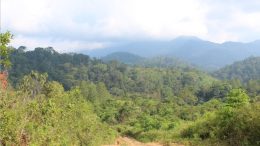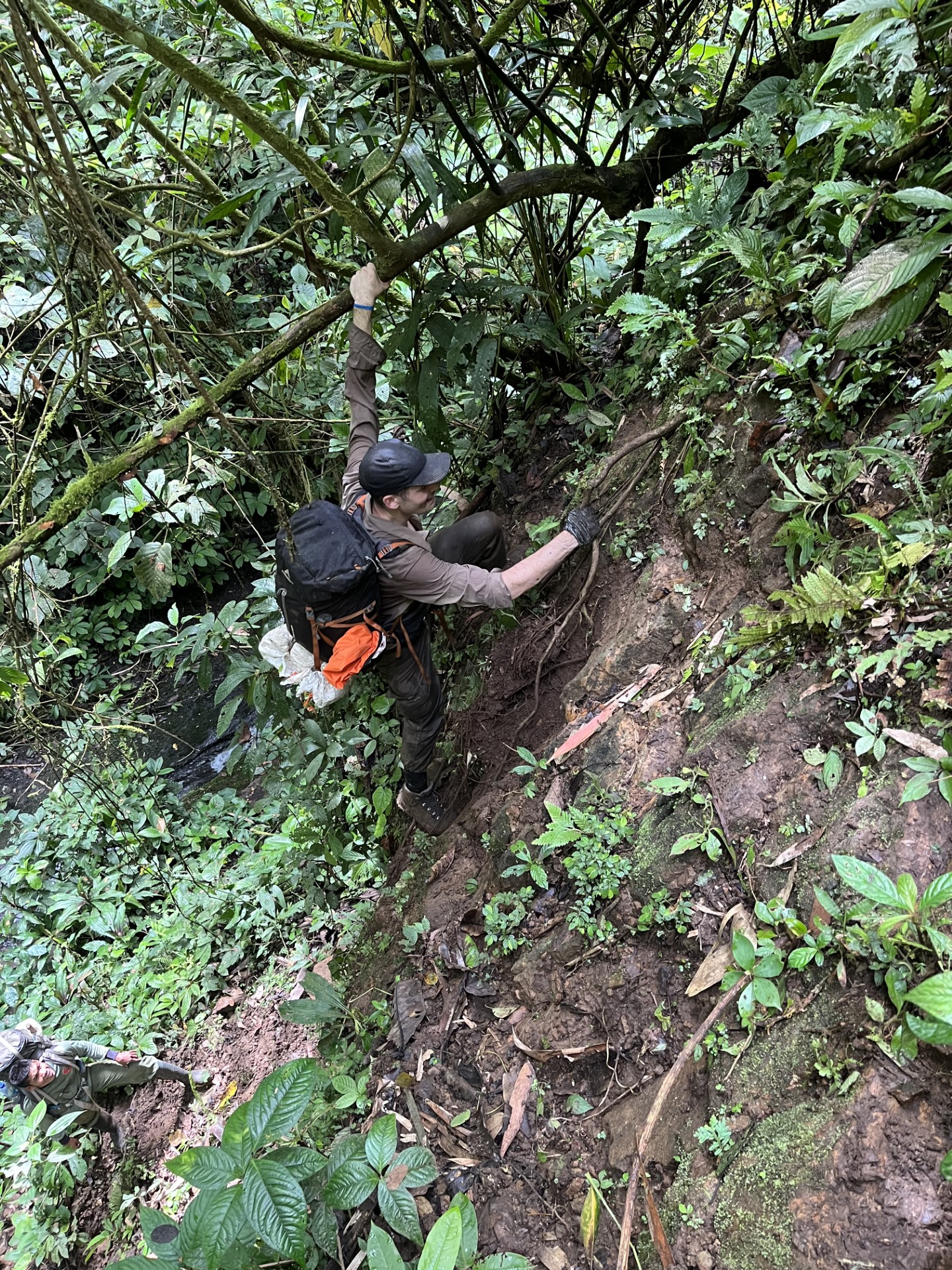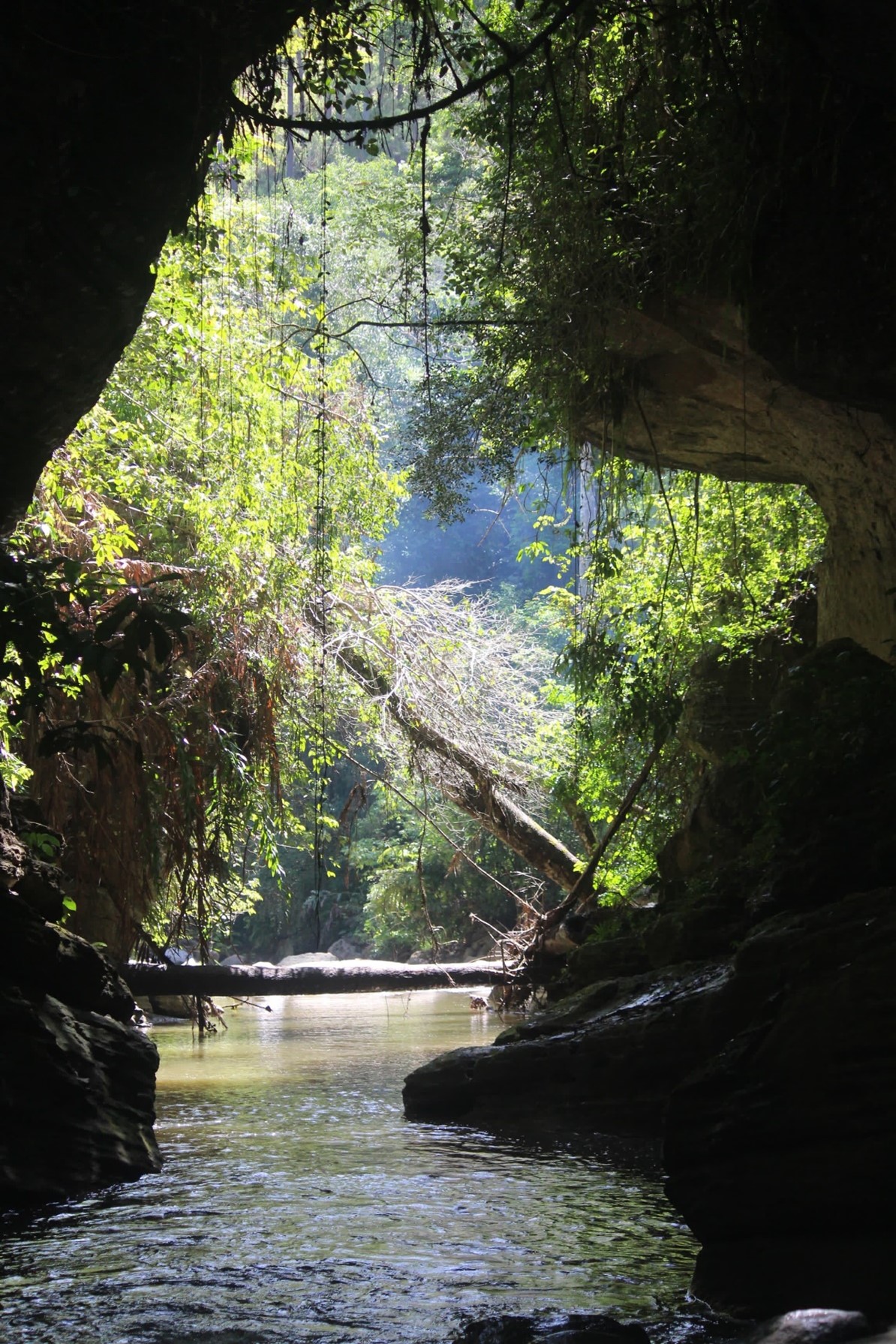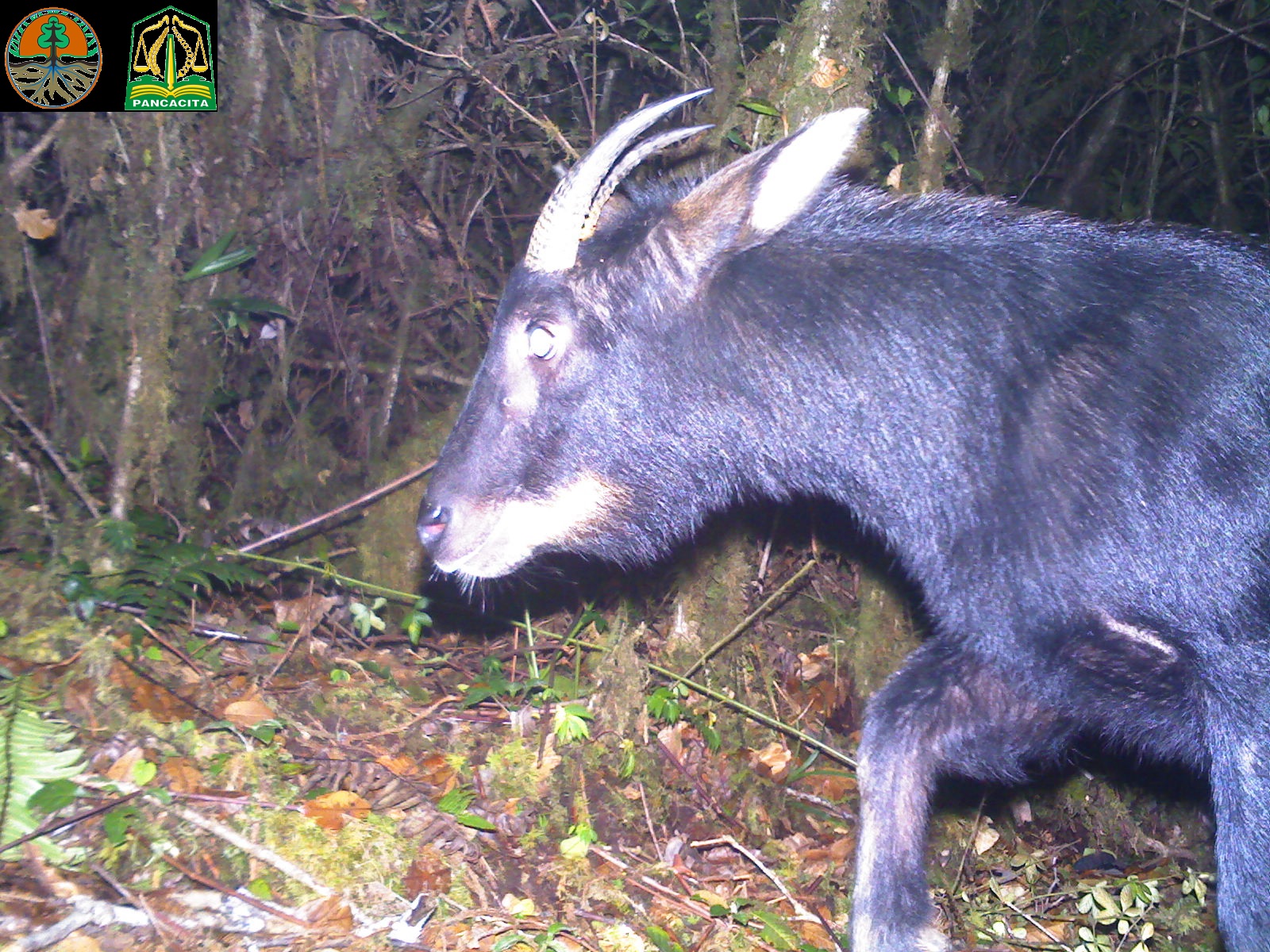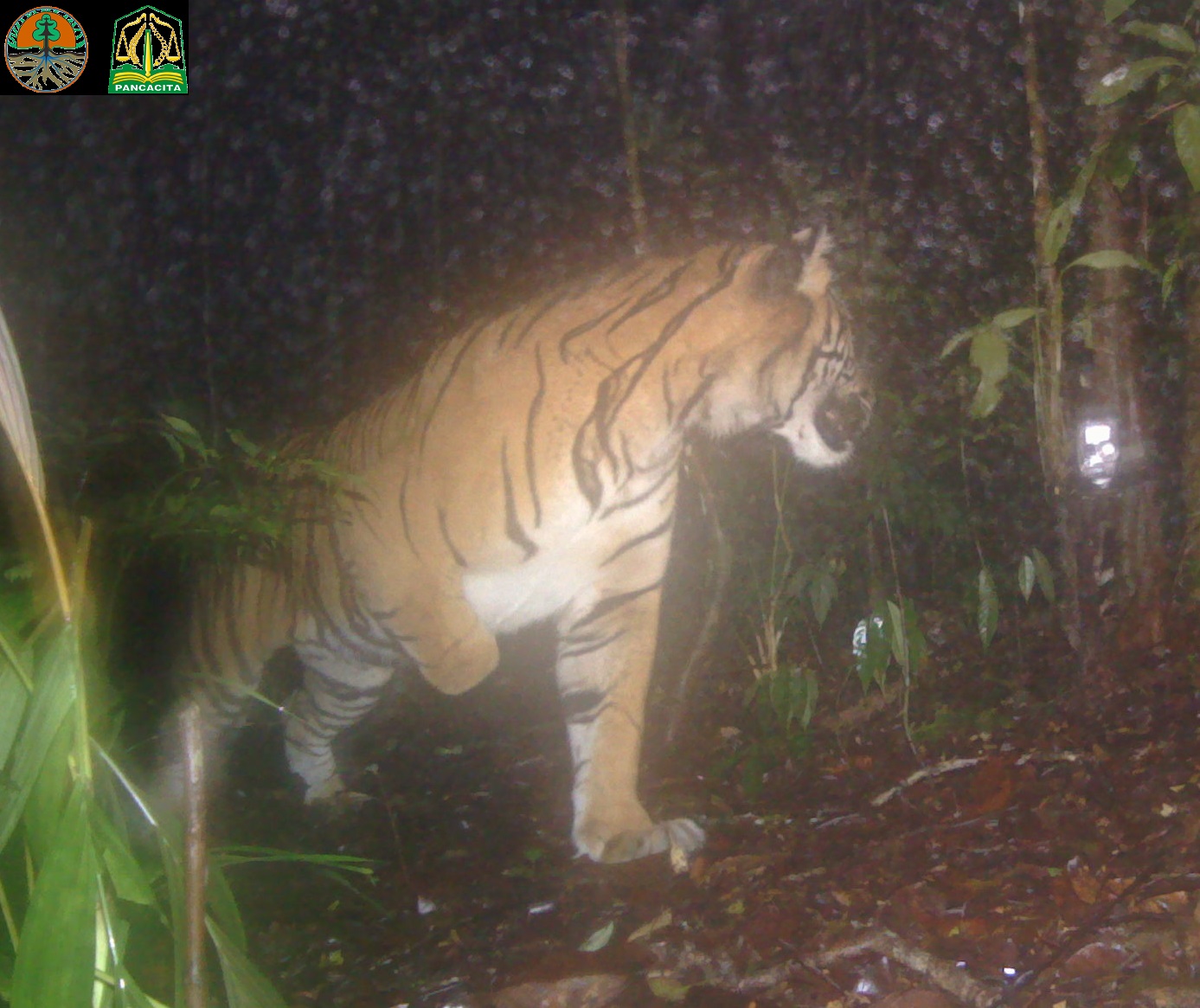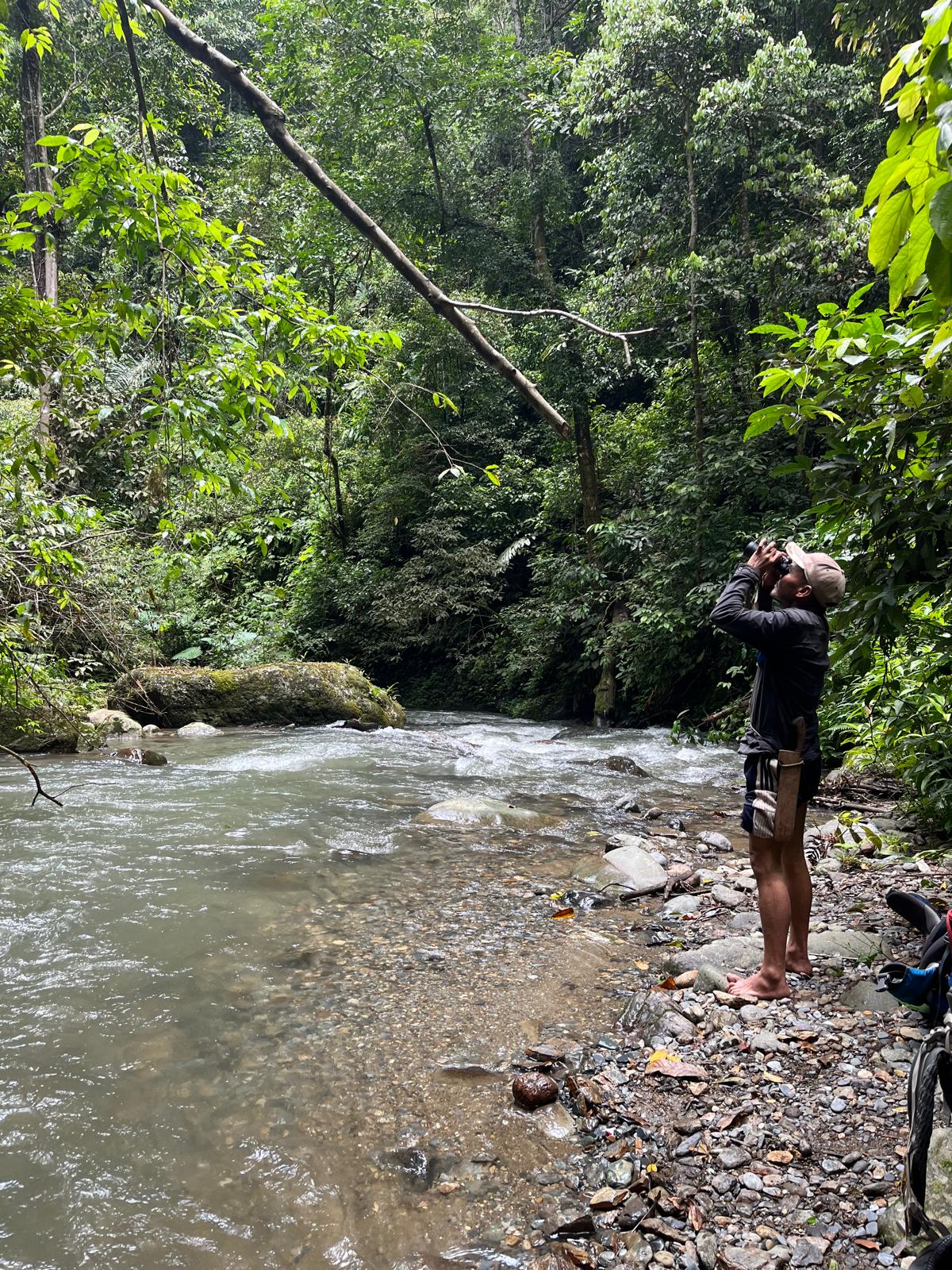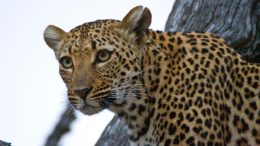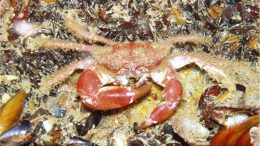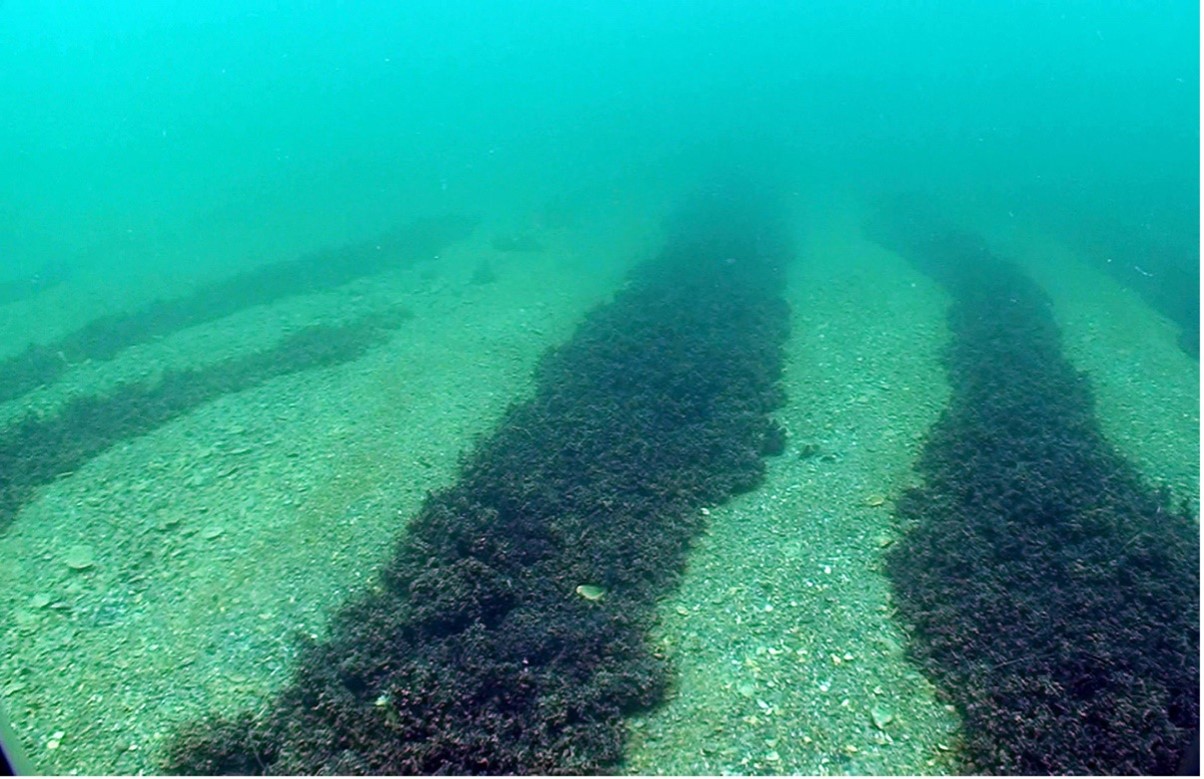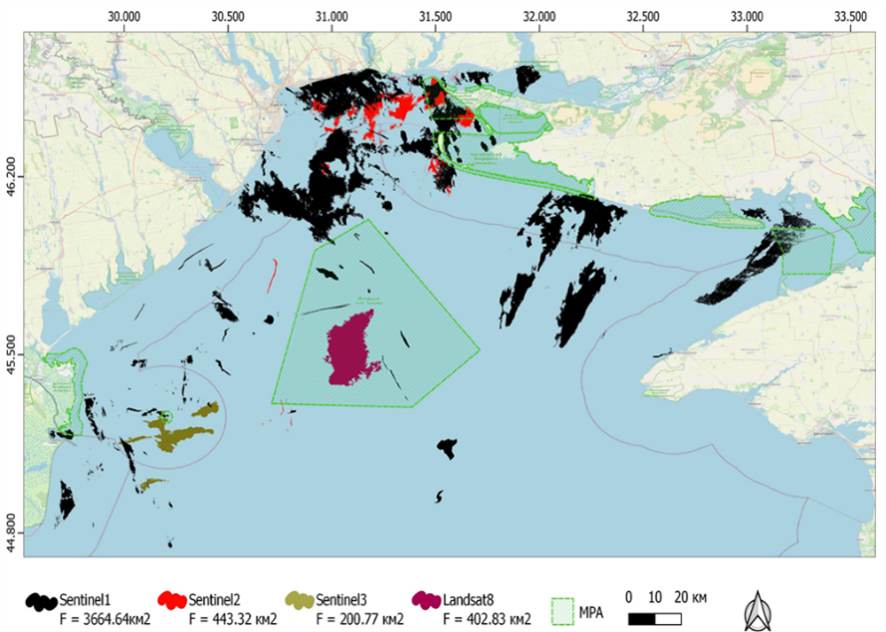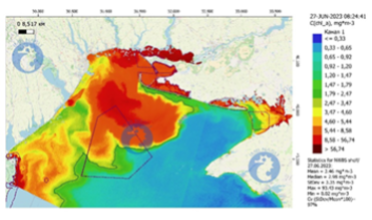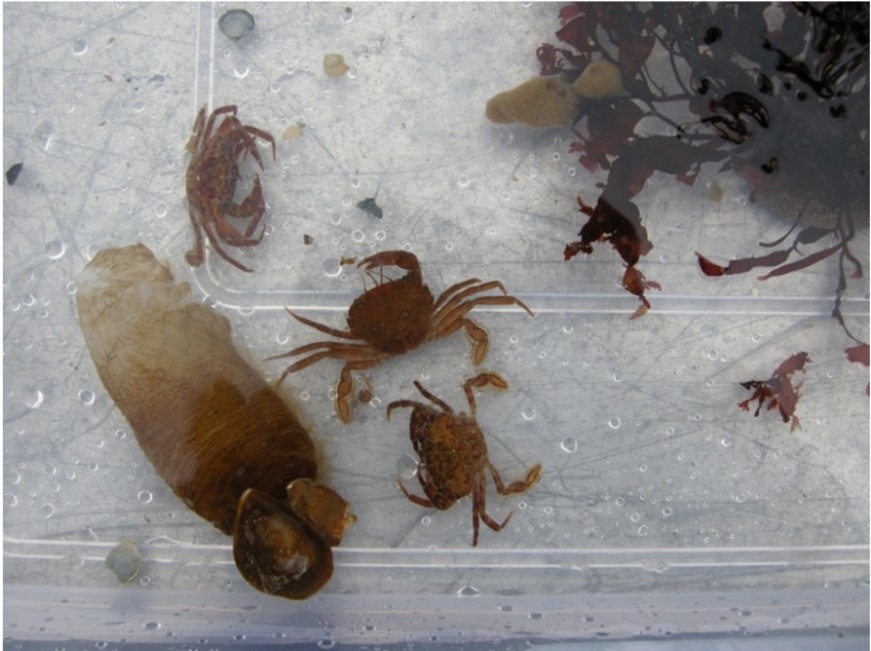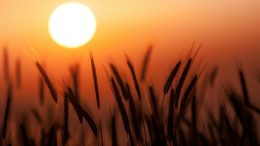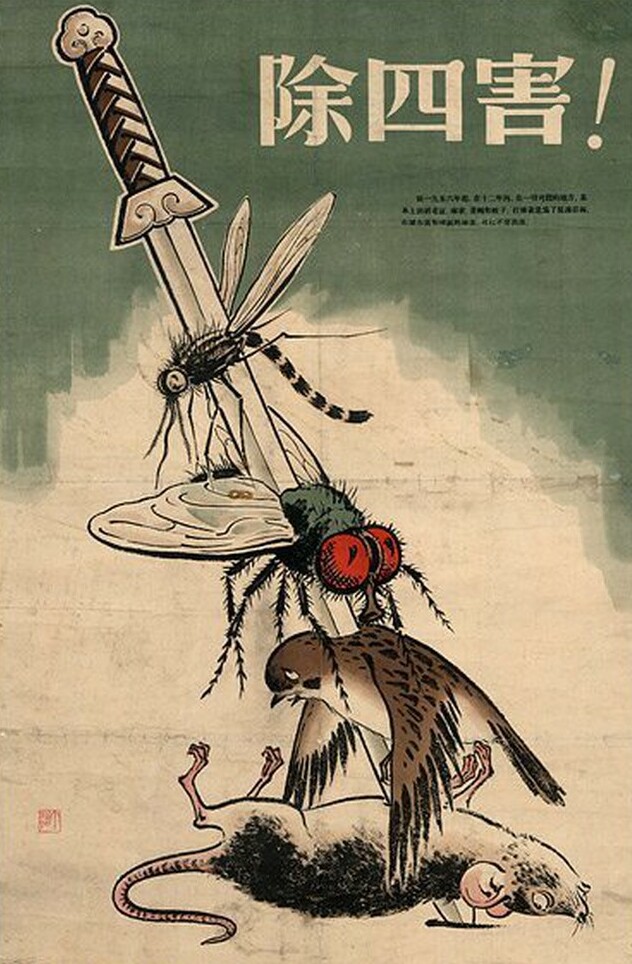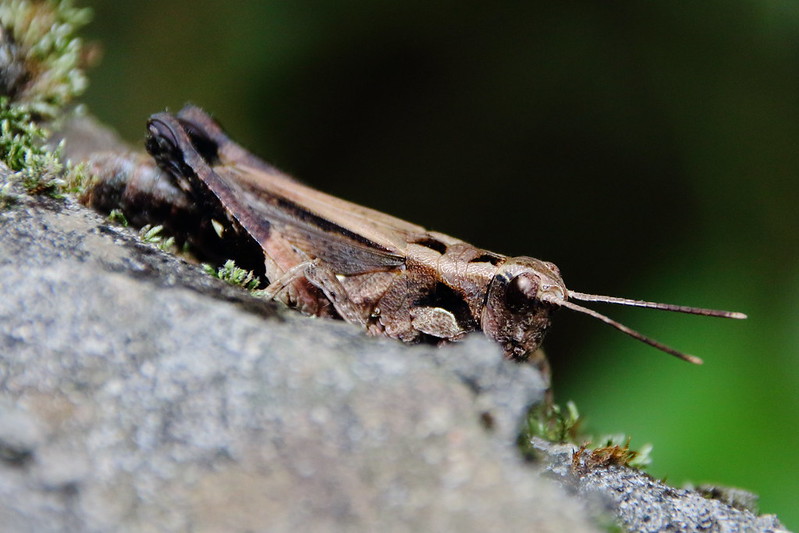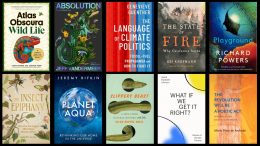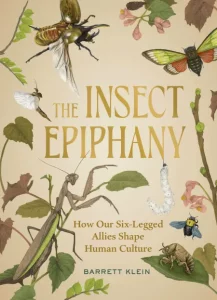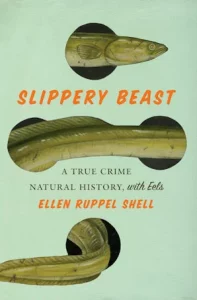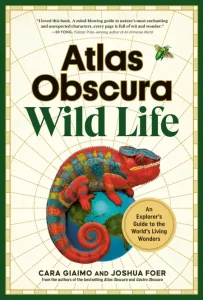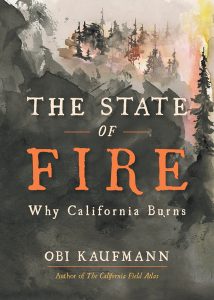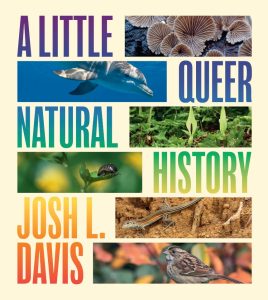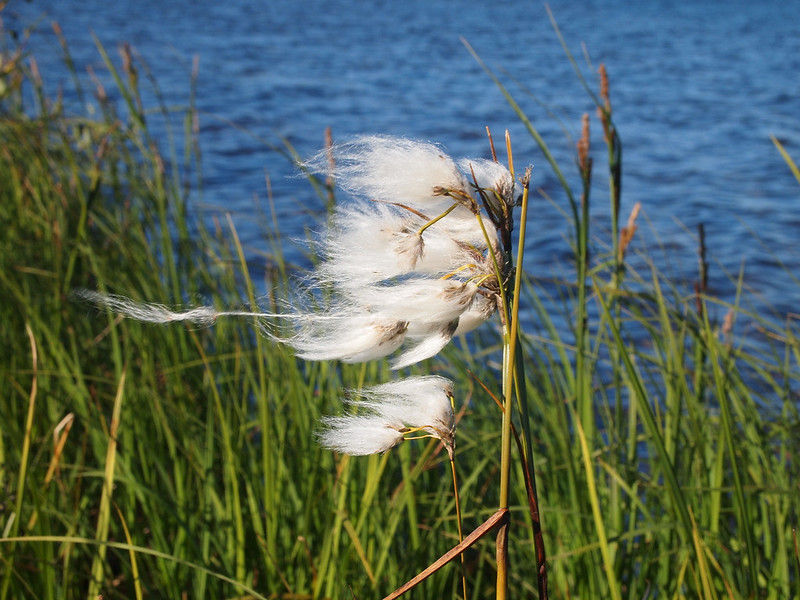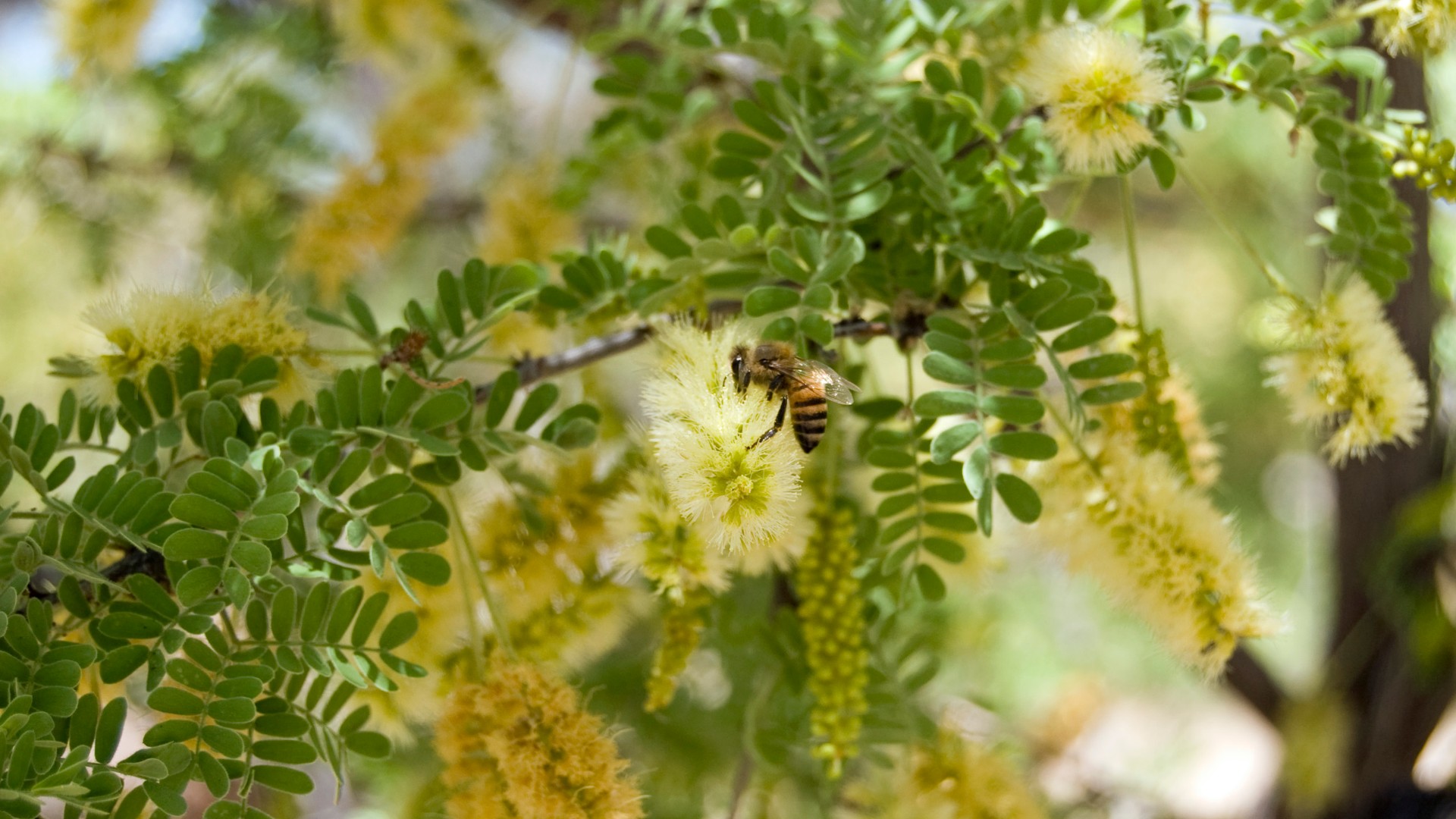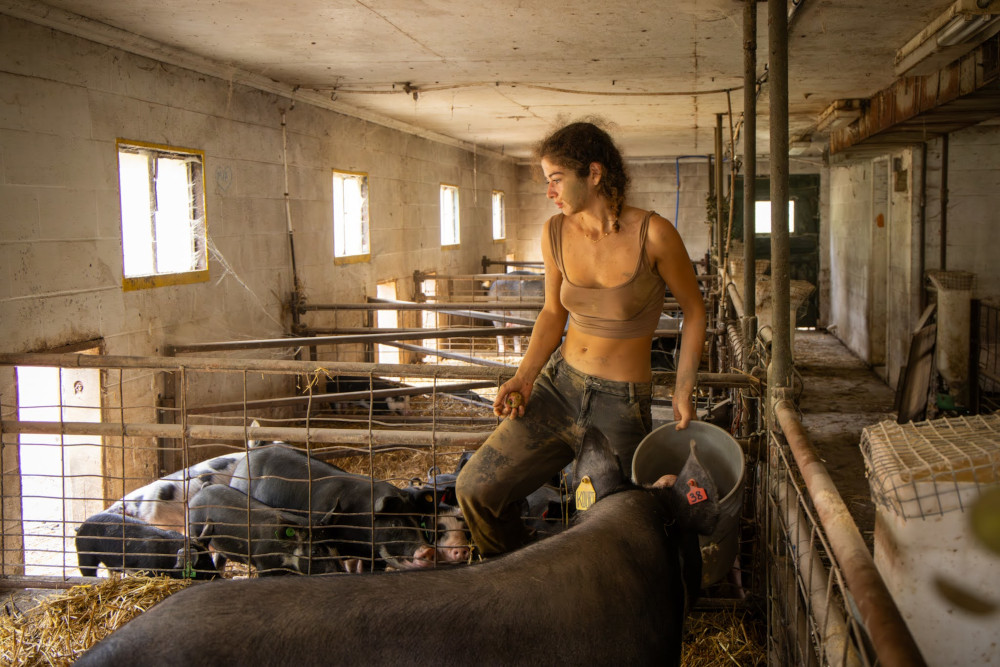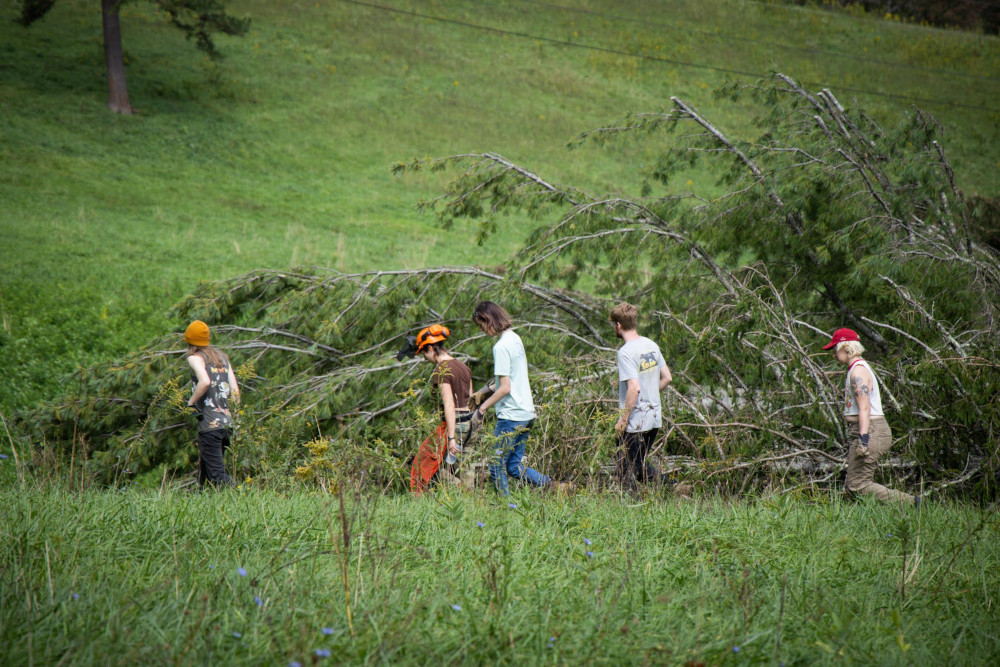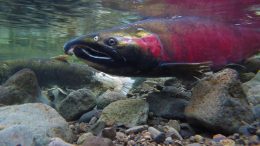This month 23,000 people representing nearly 200 nations and hundreds of NGOs have gathered in Calí, Colombia, for the sixteenth Conference of the Parties to the United Nations Convention on Biological Diversity, aka COP16 of the CBD. Delegates from 196 parties are debating numerous proposals to help imperiled wildlife. Center stage in the discussions is “Decision 15/9,” which establishes a “multilateral mechanism for benefit sharing from the use of digital sequence information on genetic resources, including a global fund.”
In other words, Decision 15/9 obligates the sharing of benefits when genetic resources from plants, animals, and microorganisms are used to create biotechnologies.
The “benefit” of greatest interest is, not surprisingly, money. Payments for genetic resources will “support the conservation and sustainable use of biological diversity,” which are underfunded if funded at all.
But who decides what projects are funded for “conservation and sustainable use?” According to the draft recommendation for implementing Decision 15/9, a funded project may not be located within the country (in treaty parlance, the party) from whose habitat the genetic resource was de-materialized, researched, and developed. This means that the range country of species that harbor the principal agent may not receive any funding from the resulting intellectual property and blockbuster sales.
There’s an even more fundamental problem. What if conservation and sustainable use don’t require a project, but rather the imposition of limits — e.g., not to open highways in primary forests, not to dam rivers, not to drain wetlands, and so on? The alignment of incentives remains unaddressed in Decision 15/9.
More unwelcome questions arise. Would biogeographic islands (habitat refugia) in the middle of thousands of hectares of cleared forest be a conservation project? Those refuges are valuable, but protecting them doesn’t solve the problems that make them refuges in the first place.
Similarly, would fishways and ladders for a newly dammed river be a “sustainable use?” And would fungible projects — those projects that would have been funded anyway — be eligible for allocation from the “global fund”? One thinks of reforestation of an urban watershed or tree-planting in an asphalt jungle.
The global fund of Decision 15/9 strips the sovereignty of provider parties to allocate revenues that originate from the use of their own resources. Funds slated by the “multilateral mechanism” won’t necessarily be allocated to the public goods with the greatest benefit for society. Sovereignty is violated wholesale.
For many mega-diverse parties, greater social benefit may be had in rural electrification, sanitation, and health. A forest unfelled, a river left free flowing, and a wetland not drained don’t need a funded project.
A different approach could go a long way toward aligning incentives between utilization and conservation.
Bounded Openness over Natural Information
In 2010 political scientist Chris May coined the term “bounded openness” to discuss the global governance of intellectual property without offering a succinct definition. My colleagues and I expanded his concept to the wildlife realm several years later, when we introduced the phrase “bounced openness over natural information.”
May’s neologism is apt for the conservation policy that I had spent a career researching and developing. Under bounded openness over natural information, users (CBD parlance for those who “access genetic resources”) in both the non-commercial and commercial sectors would enjoy unencumbered access to genetic resources, no matter whether the medium be biological matter, print, or digital. In exchange, provider parties (e.g. megadiverse countries) would claim a share of royalties whenever a biologically derived product is commercially successful and enjoys intellectual property protection.
The magnitude of the royalties draws on the concept of “rent” in economics, which is the difference between the price one pays and what one would have paid were the market competitive. Users enjoys huge rents for artificial information through the limited-in-time monopolies of their patents and copyrights. Under bounded openness over natural information, providers would likewise enjoy rents for natural information. Because species overlap national jurisdictions, provider parties would get a greater share when they have a larger share of habitat and a smaller share should they permit alternative land uses that shrink habitat.
Under this allocation method, incentives are aligned between provider parties and users. The criteria of efficiency, feasibility, and practicality touted in Decision 15/9 could then mean something.
This focus on self-interest has been foundational to economics ever since Adam Smith published The Wealth of Nations in 1776. Self-interest for parties translates into self-determination. The global fund of Decision 15/9 should be regarded as an escrow account without any allocative power.
History Repeats Itself
Institutional memory illuminates how COP16 is moving full circle to the origins of the CBD.
I’m sufficiently old to recall the Fourth IUCN World Congress in Caracas, Venezuela, in February 1992, where the Swiss conservationist Cyrille de Klemm lamented the non-progress of the draft biodiversity treaty and the looming deadline of June 1992 for its presentation at the Earth Summit, Rio ’92.
De Klemm had pressed hard for a global fund in the International Negotiating Committee for the CBD, which was then meeting in Nairobi under the auspices of the UN Environment Programme. Developing countries balked and would hear none of it. They’d conflated sovereignty with the right to negotiate bilaterally. Developed countries obliged, perhaps realizing that a price war, which would behoove them, was in the offing (cynicism is a hazard of my profession, economics).
De Klemm and the developing countries were simultaneously right and wrong. De Klemm was wrong to advocate for allocative power in a global fund; developing countries were wrong to insist on bilateralism.
Bounded openness over natural information includes what De Klemm got right — the need for a multilateral mechanism. Bounded openness also includes what the developing countries got right — the preservation of allocative power.
Thirty-two years have transpired since Nairobi. Patience wears thin. Failure is predictable for COP16. Nevertheless, self-congratulations by the parties and secretariat are also predictable for the closing ceremony on Nov. 1, 2024. Reform of Decision 15/9 must not be pusillanimous. I write with hope for COP17.
Economics is not diplomacy.
The opinions expressed above are those of the author and do not necessarily reflect those of The Revelator, the Center for Biological Diversity, or their employees.



